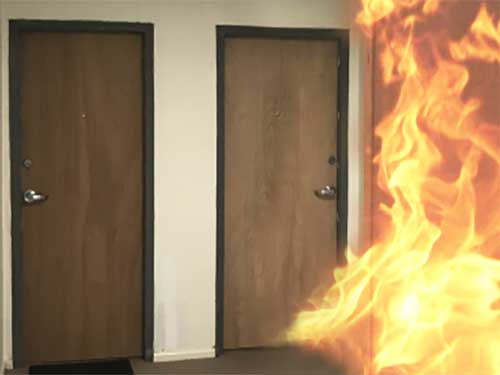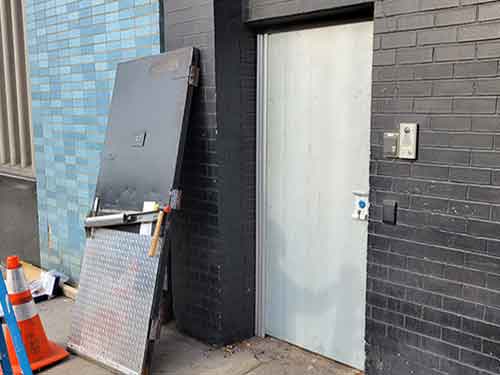Here, you can find the The Ultimate Guide To Home Fire Doors
Fire doors are a crucial component of fire safety in any building, including homes. They are designed to contain the spread of fire, smoke, and flames, giving residents time to evacuate safely and preventing damage to the property. In this guide, we’ll explore everything you need to know about home fire doors, from their purpose and function to the different types available and how to install them correctly. By the end, you’ll have the knowledge to choose and fit the best fire doors for your home and improve your family’s safety.
Introduction
Fire doors are a crucial component of fire safety in any building, including homes. They are designed to contain the spread of fire, smoke, and flames, giving residents time to evacuate safely and preventing damage to the property. In this guide, we’ll explore everything you need to know about home fire doors, from their purpose and function to the different types available and how to install them correctly. By the end, you’ll have the knowledge to choose and fit the best interior fire doors for your home and improve your family’s safety.
What are fire doors?
Fire doors are specially engineered doors designed to withstand heat, smoke, and flames. They are made with fire-resistant materials and must pass rigorous testing to ensure they meet the necessary safety requirements for preventing the spread of fire. Fire doors are a critical part of any building’s fire safety plan, and they are required by law in non-domestic properties, such as offices, businesses, and other commercial buildings.
How do fire doors work?
The primary purpose of fire doors is to compartmentalize a building, dividing it into smaller fireproof sections to slow down or prevent the spread of fire. The doors themselves are made of fire-resistant materials, and the thick strips surrounding the door expand on contact with heat, providing a protective seal between the door and the frame. This seal helps prevent the spread of smoke and flames and slows down the spread of the fire, giving people more time to evacuate the building safely.
What are fire doors made of?
Fire doors typically feature a solid core made from solid wood, which is then reinforced with materials such as aluminum, steel, or plaster to improve their resistance to heat and flames. Some fire doors also include glass panels for visibility or aesthetics. When buying fire doors, it’s essential to check that they are equipped with fire-resistant glass and that all materials have been thoroughly tested to obtain certification.
What are the different types of fire doors?
There are two types of fire doors available: FD30 and FD60-approved doors. FD30 doors can prevent fire spread for up to 30 minutes, while FD60 can stop the spread for up to an hour. In most homes, FD30 doors are sufficient for providing safe evacuation in the event of a fire. However, if you live in an apartment or other high-rise property with multiple tenants, FD60 doors may be more appropriate to prevent the spread of fire throughout the rest of the building.
When are fire doors required?
Fire doors are required by law in all non-domestic properties, such as offices, businesses, and other commercial buildings. In addition, new buildings of three stories or more and any home with an exterior garage attached to the property must have roll up fire doors installed. Although not required by law, it’s strongly recommended that homes have at least one fire door in areas such as the kitchen or downstairs landings to delay the spread of fire.
Where can fire doors be fitted?
fire rated steel doors can be installed internally and externally. Internal fire doors can be installed throughout the house for maximum protection or in crucial areas to tactically prevent the spread of smoke and fire. Doors leading from the property to the garage must be fire doors for safety reasons and protection of the entire property in case a fire breaks out in the garage. Other areas to consider installing steel fire rated doors are kitchens, downstairs landings/corridors, and utility rooms.
External fire doors are used to reinforce the property’s exits, providing a clear and safe exit route from home in the event of a fire. These can be fitted to the front, side, or rear of properties, but it’s recommended to have a pair of fire doors across two exits to increase the possibility of a clear path, regardless of where the fire is.

